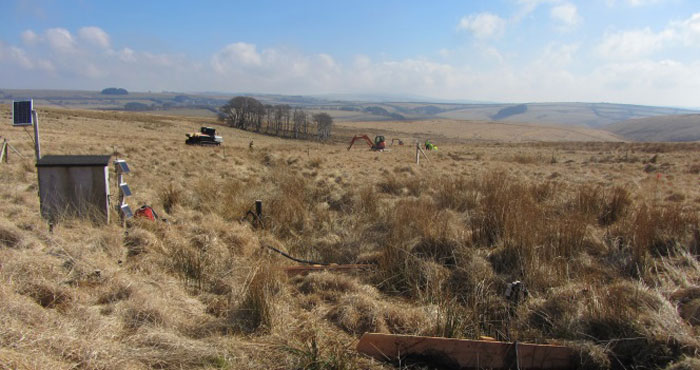- Home
- Our results
- Our impact case studies
- Our submission
- UoA 1 Clinical Medicine
- UoA 2 Public Health, Health Services and Primary Care
- UoA 4 Psychology, Psychiatry and Neuroscience
- UoA 5 Biological Sciences
- UoA 7 Earth Systems and Environmental Sciences
- UoA 9 Physics
- UoA 10 Mathematical Sciences
- UoA 11 Computer Science and Informatics
- UoA 15 General Engineering
- UoA 17A Geography, Environmental Studies and Archaeology
- UoA 17B Geography, Environmental Studies and Archaeology
- UoA 18 Economics and Econometrics
- UoA 19 Business and Management Studies
- UoA 20 Law
- UoA 21 Politics and International Studies
- UoA 23 Sociology
- UoA 25 Education
- UoA 26 Sport and Exercise Sciences, Leisure and Tourism
- UoA 27 Area Studies
- UoA 28 Modern Languages and Linguistics
- UoA 29 English Language and Literature
- UoA 30 History
- UoA 31 Classics
- UoA 33 Theology and Religious Studies
- UoA 35 Music, Drama, Dance and Performing Arts
- What is the REF?
Informing strategy on moorland restoration

Exmoor under restoration.
Experts from the University of Exeter have been instrumental in advising and delivering on a monitoring strategy that will establish the effectiveness of South West Water’s (SWW) multi-million pound project to restore 2,000 acres of peatlands in the South West of England by 2015.
The Geography researchers are quantifying changes in water quality and quantity as well as other ecosystem services such as carbon storage and biodiversity as the restoration of vast areas of Exmoor and Dartmoor is carried out.
Though it is still too early to understand fully the impact of the restoration efforts, the university-industry collaboration itself has led to benefits for both parties as well as a more comprehensive monitoring strategy.
Driven by collaboration
The collaboration began in 2010 through a Knowledge Transfer Partnership (KTP) supported by the Natural Environment Research Council (NERC) and the Technology Strategy Board (TSB). Richard Brazier, Associate Professor of Earth Surface Processes, had previously provided expert advice on a review of a pilot study carried out by SWW and approached the water delivery company about applying for a KTP to implement a more comprehensive monitoring programme. It was the first time SWW had partnered in such a way with a university and the success of the partnership has since led to SWW partnering with thirteen different universities around the country on fifteen different projects.
Martin Ross was South West Water’s Environmental Manager until his recent retirement, he said: “[The KTP] brought a whole new dimension of expertise into South West Water, which we had not had before. The support from TSB and NERC and the universities has meant that we are involved in a huge body of scientific research around the different environmental projects that we are doing, which South West Water would never have supported because it simply couldn’t afford it. This has changed our relationship with research.”
Restoration methods
Centuries of human activity have changed the ecological and hydrological functioning of the peatlands. Ditches that drain the land to improve livestock grazing also funnel rainwater off the landscape and cause flash flooding in the rivers. Restoration efforts are blocking these ditches using natural materials in an attempt to retain water in the ground and encourage the growth of peat forming sphagnum mosses.
Professor Brazier will also use numerical models to help optimise the restoration efforts. His models will help to predict how different densities of blocks in the ditches will affect the hydrology. This helps direct the extent to which ditches are blocked depending on the desired outcomes. Professor Brazier’s approach to the project is to cross between modelling, lab work and field work.
Professor Brazier explained: “The models of the landscape and the effects of landscape restoration that we build are in dialogue with the field data collection, and iteratively so. We build models of the environment, test them on empirical data and evaluate their performance. If they are poor predictors, then we return to the data and build another (better) model. It is this iteration, or dialogue between field data and model development that will lead to better understanding of landscape restoration.”
While Professor Brazier’s expertise is helping inform restoration efforts and monitoring, South West Water is ensuring that the science is more relevant to industry and ultimately, society.
Although the project is still in the early stages and the environmental impacts are yet to be fully realised, changes are already visible on the ground.
Quantitative change
Mr Ross said: “I’ve been up there doing site visits for the last two or three years and I’ve seen that landscape transforming from one month to the next. Where we have done restoration, water used to go funnelling down gullies carrying debris with it and everything else. Water would go across that land in about 10 minutes and now it takes upward of a week. When the water does come out, it comes out for a long, long time and very gently so it has no erosive ability.”
